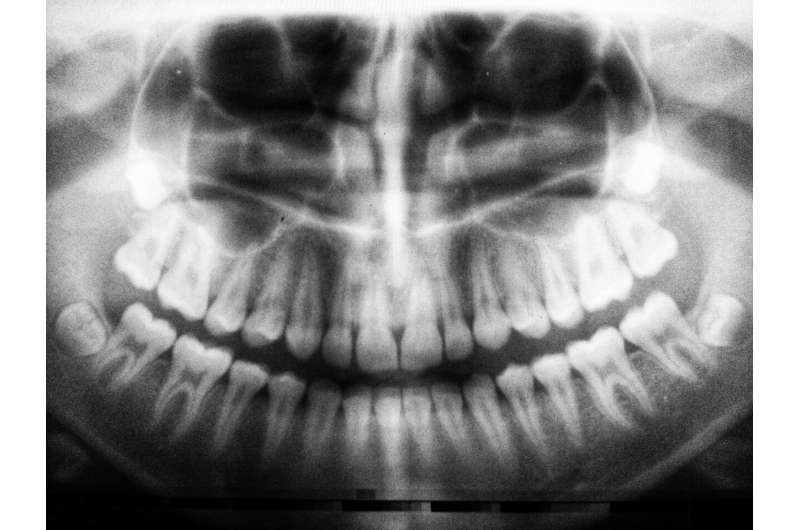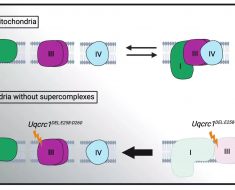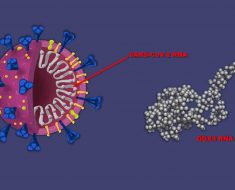
In forensic science, the identification of deceased or missing individuals is often at the heart of an investigation. Dental records have long been used as a valuable tool in this process given that it is rare that two people will have matching records of their teeth present or absent, caps and crowns, or fillings, and the alignment of teeth seen in an X-ray. One thing that is perhaps not necessarily immediately obvious from dental records is the biological sex of the individual, but this would be very useful information in almost every investigation in the absence of other indicators.
Research in the International Journal of Biomedical Engineering and Technology, has made progress toward the development and training of an algorithm that can determine biological sex from dental X-rays with 94% accuracy. This application of what is referred to as a deep-learning method demonstrates the potential of such an approach to augmenting conventional evidence in an investigation.
B. Vijayakumari, S. Vidhya, and J. Saranya of the Mepco Schlenk Engineering College in Sivakasi, Tamilnadu, India, explain that their algorithm comprises three components: image pre-processing, gradient-based recursive threshold (GBRT) segmentation, and classification. Initially, they use a so-called prime magic square filter during the image pre-processing step to remove unwanted noise. The prime magic square filter uses a special grid of numbers overlaid on the image within the computer and compares pixel values in the image with the corresponding values in the grid to determine what are distortions or compression artifacts, which contribute to image noise and so can be brushed away to give a clean and accurate image for the subsequent analysis.
The GBRT segmentation technique refines the images, enhancing the algorithm’s ability to extract relevant information. Finally, the classification stage utilizes a Resnet50 neural network, a widely adopted deep learning architecture. The team trained the algorithm with 3,000 dental X-rays for which the individual’s biological sex was known. This allowed the algorithm to discern the biological sex associated with dental X-rays presented to it in which the biological sex of the individual is not known.
For the purposes of testing the team used 1,000 images, a subset of the original collection where sex was known to determine whether the system would correctly assign biological sex. Teeth and jawbones are sexually dimorphic in humans to varying degrees but there are also marked effects of nutrition and socioeconomics on how our jaws and teeth grow. The new system can see through these potential discrepancies based on its training with the X-ray images.
Within the specific context of legal proceedings, there is now a need to assess the algorithm more rigorously so that reliability of the data, potential algorithm biases, and the need for expert interpretation should be taken into account. Ongoing research and validation efforts will contribute to its refinement and development for use in forensic analysis. The team also plans to extend the approach to age determination from dental X-rays.
More information:
B. Vijayakumari et al, Deep learning-based gender classification with dental X-ray images, International Journal of Biomedical Engineering and Technology (2023). DOI: 10.1504/IJBET.2023.131694
Journal information:
International Journal of Biomedical Engineering and Technology
Source: Read Full Article





